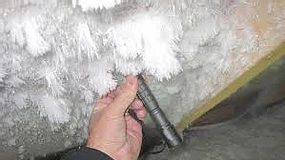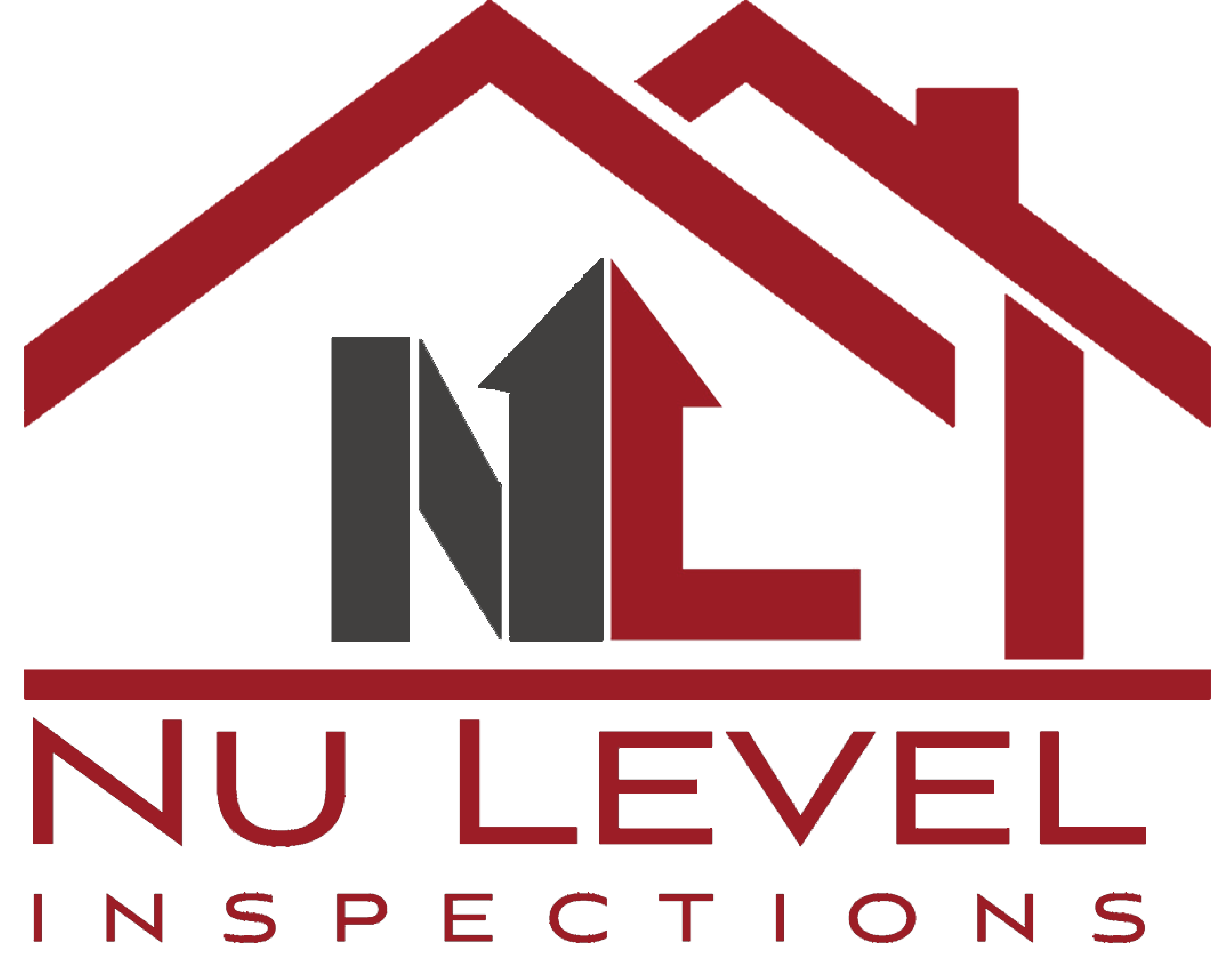What Is Attic Rain?

It’s winter in Calgary and we have experienced some very cold temperatures this year. While some people love our winter season, others can’t wait for it to be done, especially when it reeks havoc with your home. We have been called out to a couple of homes this year to investigate a common problem with regards to moisture. More specifically, water stains on attic ceilings, and water leaking through ceiling light fixtures! It’s call Attic Rain, and it is a common problem for a lot of homes built within the last 15 years or so.
What is it?
Attic rain happens when large accumulations of frost in the attic, quickly melt due to warm outdoor temperatures, causing water damage to the home. It’s is caused by a combination of 4 contributing factors:
1) Air leakage from the home into the attic via ceiling penetrations. (pot lights and bathroom fans are the main ones)
2) A higher air pressure inside the home than outside.
3) Humidity levels in the home are too high for cold outdoor temperatures.
4) Inadequate attic ventilation. (Non-venting soffits)
New homes are built to be very energy efficient, which means they are insulated and sealed up to be as air-tight as possible. Reduced air leakage means lower heating and cooling costs, great! But the devil is in the details, and if the details are not done properly, problems can arise.
Imagine it’s -25°C outside, you have the thermostat set to 21, and the humidifier set to 40% (because that’s what the builder told you to do, to keep the new hardwood floors from drying out). If the air pressure inside the home is even slightly higher than outdoor pressure, the house air will pass through openings in the exterior walls and ceilings to move to the lower pressure areas. As it escapes into the -25° attic, from things like pot lights and bathroom exhaust fans, the warm humid air, condenses and freezes when it contacts the cold surface of the roof deck. The problem is compounded due to non-venting soffits installations (now a fire code and Alberta building code requirement) reducing the amount of attic ventilation needed to help the attic breathe. The longer it stays cold outside, the more frost accumulates. Once it warms up outside, the frost melts, and presents itself in the forms of water stains on the ceiling, water streaks running down the exterior surface of walls, leaks from ceiling fixtures etc. The insulation will also be wet, and roof framing members can be wet to the point of saturation.


How do we prevent it?
1) Fill the holes
First you must identify and fix the “holes” in the ceiling. Things like pot lights, bathroom exhaust fans, attic hatches must all be 100% sealed, to prevent house air from spilling into the cold attic. An assessment should be done to identify the leakage spots and seal the holes to prevent further leakage.

A HRV (heat recovery ventilator) is typically used for this. It helps balance the indoor air pressure and provides an air exchange for the home by exhausting the same volume of air as it draws in. It also provides an extra level of efficiency to the furnace by preheating the incoming air (outside air) with the heat from the exhausted air (house air). It provides higher indoor air quality as well. If your home does not have an HRV it should be equipped with some type of ventilation system. There should be a wall switch located near the thermostat labeled “ventilation fan”, turn it on.
3) Adjust the humidity level
If your house has a humidifier installed, you will need to adjust the humidity setting regularly, but the only way to know what the actual relative humidity reading is in the home is to measure it. You will need a hygrometer for this. Amazon is a good place to find one, and they’re fairly inexpensive. As the temperature drops, lower the humidity level. This is done by running the ventilation system(s), HRV’s, kitchen and bathroom exhaust fans, etc. Even simply opening a window or two will help. (providing it’s not too cold outside) -25°C outdoor temperature = approx. 10% RH indoor.
4) Non-venting soffits
For homes built after 2009, a change in the Alberta Fire Code states that roof soffits that project into the side yard be non-vented to help prevent fire from an adjacent property from spreading into the attic space. This requirement reduces the amount of airflow into the attic space. Regular roof vents are now installed at the edge of the roof to accommodate for this change, but homes built directly after the code change likely do not have them installed.

